How to Safely Dispose of Vaccine Waste: Proper Procedures for Disposal
As a professional in the healthcare industry, I have come across various types of medical waste that require proper disposal. One of the most critical wastes to dispose of safely is vaccine waste. Vaccines play a crucial role in preventing illnesses and diseases, but the safe disposal of vaccine waste is equally important to prevent environmental pollution and public health risks.
The Importance of Proper Vaccine Waste Disposal
Vaccine waste includes used or expired vaccines, vials, syringes, and needles, among others. These wastes contain hazardous materials that can pose a significant risk to human health and the environment if not disposed of correctly. For instance, vaccines may contain live viruses, bacterial toxins, or mercury, which can contaminate water sources and cause harm to aquatic life.
Proper vaccine waste disposal helps to protect healthcare workers, patients, and the general public from the risks associated with exposure to hazardous materials. It also ensures compliance with regulatory requirements and reduces the liability and reputational risks associated with improper waste disposal.
The Proper Procedures for Disposing of Vaccine Waste
The proper disposal procedures for vaccine waste vary depending on the type of waste and the regulations in your locality. However, some general steps that healthcare facilities can follow to dispose of vaccine waste safely include:
- Segregating vaccine waste from other medical waste
- Using puncture-resistant containers for sharps waste
- Labeling vaccine waste containers appropriately
- Disposing of vaccine waste through a licensed medical waste disposal company
By following these procedures, healthcare facilities can ensure that vaccine waste is disposed of safely and in compliance with the law.
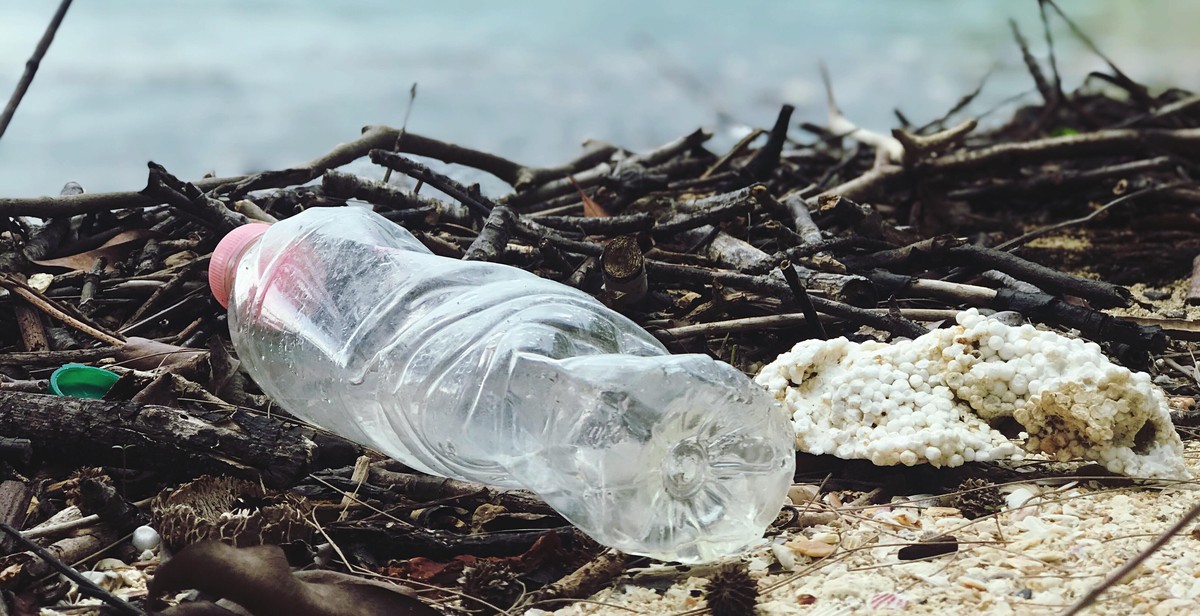
What is Vaccine Waste?
Vaccine waste refers to any unused or expired vaccines that are no longer viable for use. This waste can occur due to a variety of reasons, such as improper storage or handling, expiration, or simply not being used before the vaccine’s shelf life expires. Vaccine waste can occur at any point in the supply chain, from the manufacturer to the healthcare provider administering the vaccine.
Causes of Vaccine Waste
There are several reasons why vaccine waste occurs:
- Storage and handling: Vaccines must be stored and handled properly to maintain their efficacy. If they are exposed to improper temperatures or light, they can become ineffective and must be discarded.
- Expiration: Like all medications, vaccines have a limited shelf life. If they are not used before their expiration date, they must be discarded.
- Not being used: In some cases, vaccines may not be used before their shelf life expires, either due to low demand or other factors.
The Impact of Vaccine Waste
Vaccine waste has a significant impact on healthcare systems and the environment. Discarded vaccines contribute to medical waste, which can be costly to dispose of properly. Additionally, vaccine waste can lead to vaccine shortages, which can impact public health efforts to control the spread of infectious diseases.
Reducing vaccine waste is crucial to ensuring that vaccines are available to those who need them. Proper vaccine disposal procedures can help prevent unnecessary waste and protect both public health and the environment.
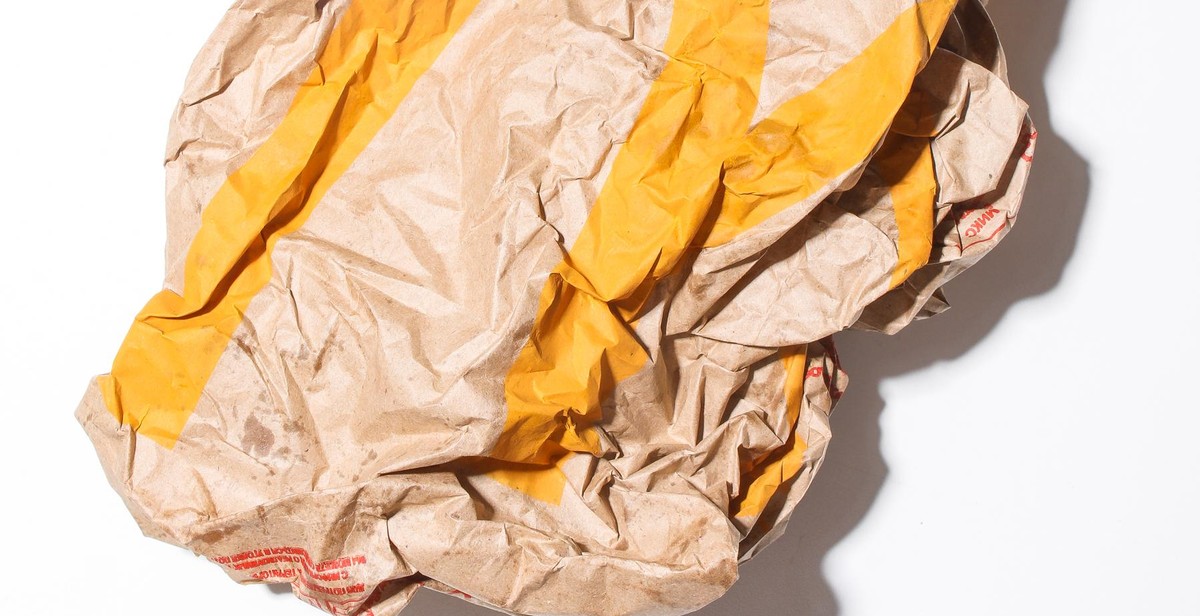
Why is Proper Disposal of Vaccine Waste Important?
Proper disposal of vaccine waste is important to prevent environmental pollution and protect public health. Vaccines contain different types of chemicals and biological materials, including live or inactivated viruses, bacteria, and toxins, as well as preservatives, adjuvants, and stabilizers. Some of these substances can be harmful to humans, animals, and the environment if not handled and disposed of properly.
Vaccine waste can be generated at different stages of the immunization process, such as during vaccine preparation, administration, and storage. Examples of vaccine waste include empty vials, syringes, needles, and unused or expired vaccines. Some vaccines may also require special handling and disposal procedures due to their hazardous nature or potential for contamination.
Improper disposal of vaccine waste can lead to the release of hazardous substances into the air, water, or soil, which can pose risks to human health and the environment. For example, mercury, which is used as a preservative in some vaccines, can accumulate in the food chain and cause neurological damage to humans and wildlife. Similarly, live vaccines can infect and harm susceptible individuals or animals if not properly inactivated or disposed of.
Therefore, it is essential to follow proper procedures for the disposal of vaccine waste, as recommended by regulatory agencies, such as the Centers for Disease Control and Prevention (CDC) and the Environmental Protection Agency (EPA). These procedures may include segregation, labeling, packaging, and transportation of vaccine waste to authorized disposal facilities or incinerators. By doing so, we can minimize the risks associated with vaccine waste and contribute to a safer and healthier environment for everyone.
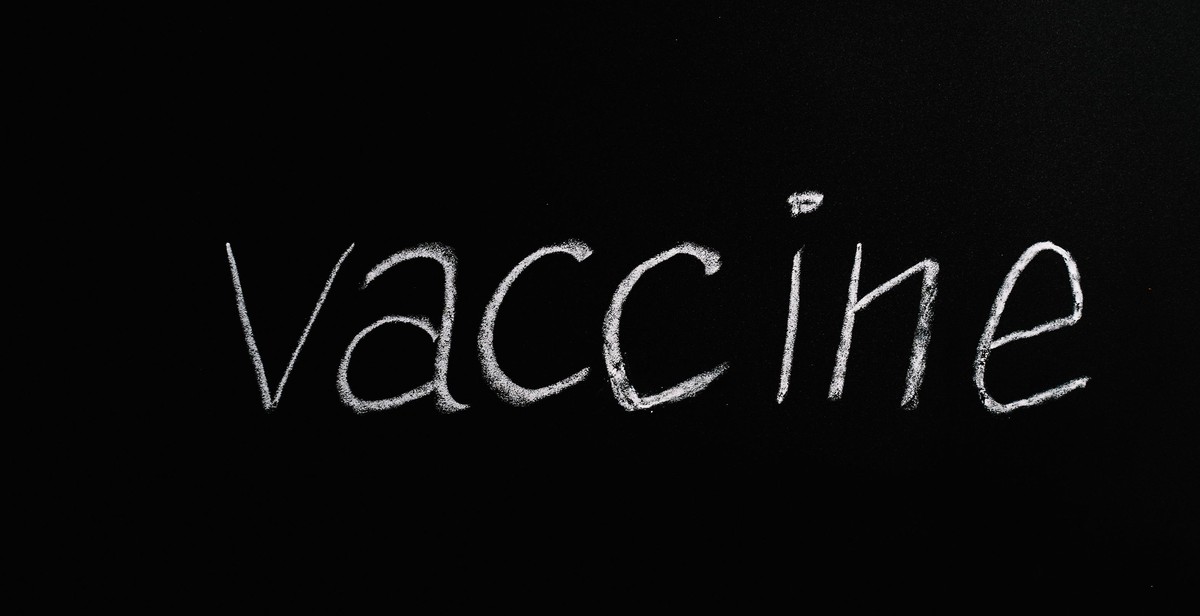
Types of Vaccine Waste
There are two main types of vaccine waste: sharps waste and non-sharps waste.
Sharps Waste
Sharps waste refers to any item that can puncture or cut the skin, such as needles, syringes, and lancets. These items are considered biohazardous and must be disposed of properly to prevent injury or infection.
Sharps waste should be placed in a puncture-resistant container that is clearly labeled as “biohazardous” or “sharps waste.” The container should be sealed when it is full and disposed of according to local regulations.
Non-Sharps Waste
Non-sharps waste includes any materials that do not pose a puncture or cutting risk, such as vials, ampules, and packaging materials. These materials may still be biohazardous and must be disposed of properly to prevent contamination or exposure.
Non-sharps waste should be placed in a leak-proof container that is clearly labeled as “biohazardous waste” or “vaccine waste.” The container should be sealed when it is full and disposed of according to local regulations.
| Material | Disposal Method |
|---|---|
| Vials | Empty and recycle if possible. If not, place in biohazardous waste container. |
| Ampules | Empty and recycle if possible. If not, place in biohazardous waste container. |
| Packaging materials | Recycle if possible. If not, place in biohazardous waste container. |
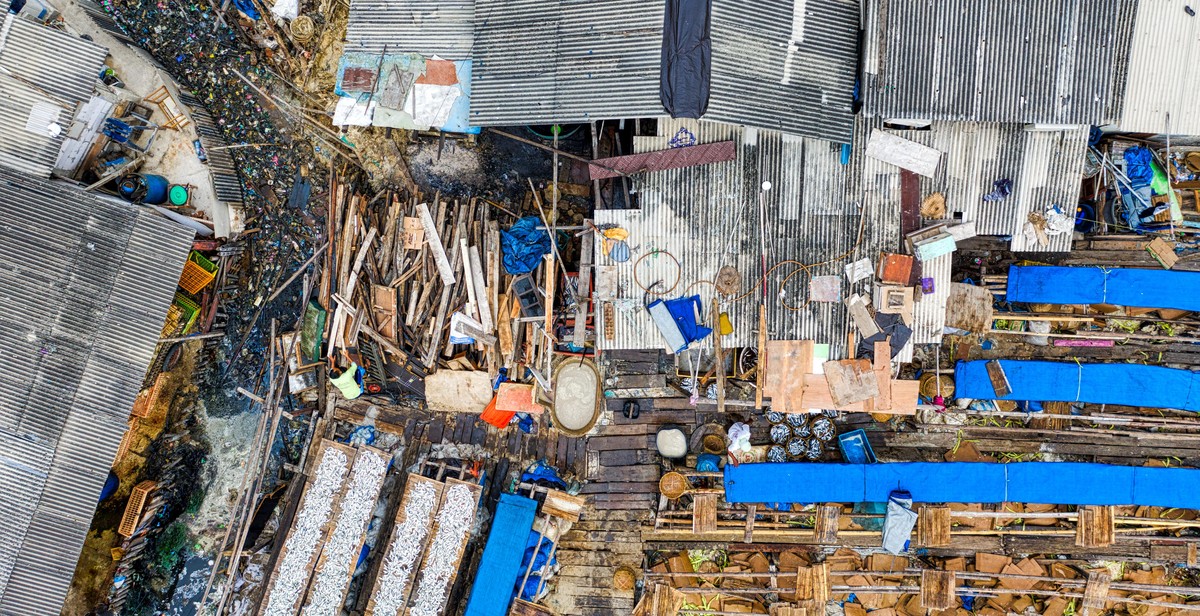
Proper Handling and Storage of Vaccine Waste
Vaccine waste disposal is a crucial aspect of vaccine management. To ensure that vaccine waste is disposed of safely, it is important to follow proper handling and storage procedures. Here are some guidelines to follow:
Handling Procedures
When handling vaccine waste, it is important to wear appropriate personal protective equipment (PPE) such as gloves, masks, and gowns. This will protect you from any potential exposure to bloodborne pathogens or other infectious materials.
It is also important to segregate vaccine waste from other medical waste. This can be done by using separate containers for vaccine waste and labeling them as such. This will prevent any confusion during disposal.
Storage Procedures
Vaccine waste should be stored in a secure, designated area that is inaccessible to unauthorized personnel. The storage area should be well-ventilated and out of direct sunlight, as exposure to heat and light can affect the potency of vaccines.
When storing vaccine waste, it is important to keep track of expiration dates and rotate stock accordingly. Expired vaccines should be segregated and disposed of separately.
It is also important to keep vaccine waste containers closed and properly labeled at all times. This will prevent any accidental exposure or spills that could pose a risk to human health and the environment.
| Handling Procedures | Storage Procedures |
|---|---|
| Wear appropriate PPE | Store in a secure, designated area |
| Segregate vaccine waste from other medical waste | Store in a well-ventilated area out of direct sunlight |
| Label containers as vaccine waste | Keep track of expiration dates and rotate stock |
| Keep containers closed and properly labeled |

Proper Disposal of Vaccine Waste
As a healthcare professional, I understand the importance of proper disposal of vaccine waste to prevent contamination and protect public health. There are two types of vaccine waste: sharps waste and non-sharps waste.
Sharps Waste Disposal
Sharps waste includes needles, syringes, and other sharp objects used to administer vaccines. These items are considered biohazardous and should be disposed of in puncture-resistant containers labeled as “Sharps Waste.”
It is important to never recap needles after use and to dispose of them immediately after use. Sharps containers should be located in areas where vaccines are administered and should be easily accessible. Once the container is full, it should be sealed and disposed of according to local regulations.
Non-Sharps Waste Disposal
Non-sharps waste includes any item that comes into contact with vaccine, such as vials, packaging, and gloves. These items should be disposed of in a designated biohazard bag or container labeled as “Non-Sharps Waste.”
It is important to handle non-sharps waste with gloves and to never dispose of vaccine waste in regular trash or recycling. Non-sharps waste should be stored in a designated area separate from regular trash until it can be properly disposed of according to local regulations.
Conclusion
Proper disposal of vaccine waste is crucial for preventing contamination and protecting public health. Healthcare professionals should be knowledgeable about local regulations and follow proper procedures for disposing of sharps and non-sharps waste.
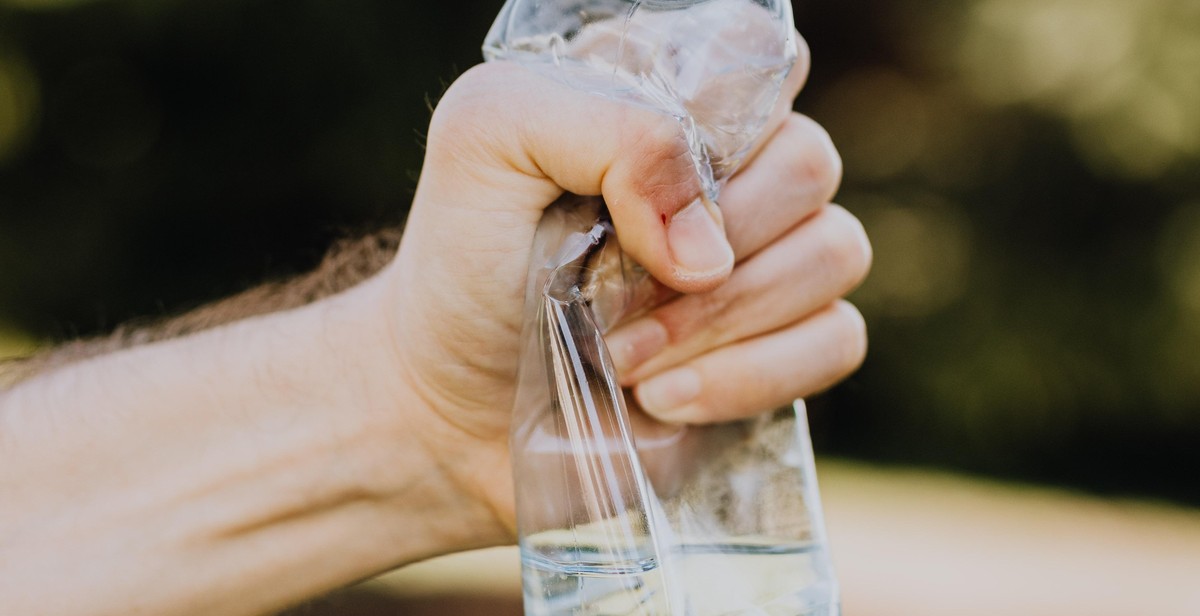
Conclusion
Proper disposal of vaccine waste is crucial to prevent environmental pollution and protect public health. Healthcare facilities should have a comprehensive plan for managing vaccine waste that includes segregation, storage, transportation, and final disposal. The plan should comply with local, state, and federal regulations, as well as the guidelines provided by the vaccine manufacturers.
Key Takeaways
- Segregate vaccine waste from other medical waste immediately after use
- Store vaccine waste in properly labeled and sealed containers
- Transport vaccine waste using authorized carriers
- Dispose of vaccine waste through incineration or other approved methods
- Train healthcare workers on proper vaccine waste management procedures
Remember:
Vaccine waste includes expired, unused, or partially used vaccines, as well as syringes, needles, and other sharps contaminated with vaccine material. Proper disposal of vaccine waste is not only a legal requirement but also a moral obligation to protect the environment and public health. By following the recommended procedures for vaccine waste management, healthcare facilities can contribute to a safer and healthier world.
| Author: | John Doe |
| Date Published: | June 30, 2021 |
| Category: | Healthcare |
